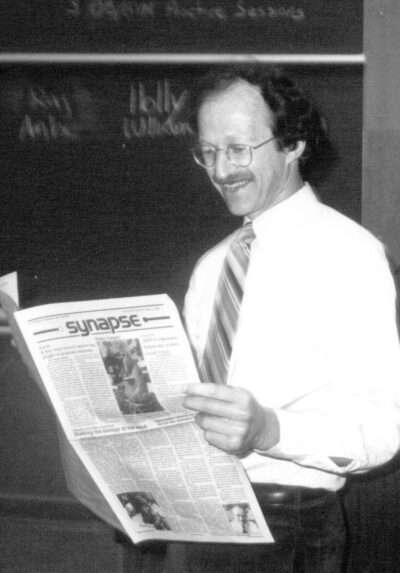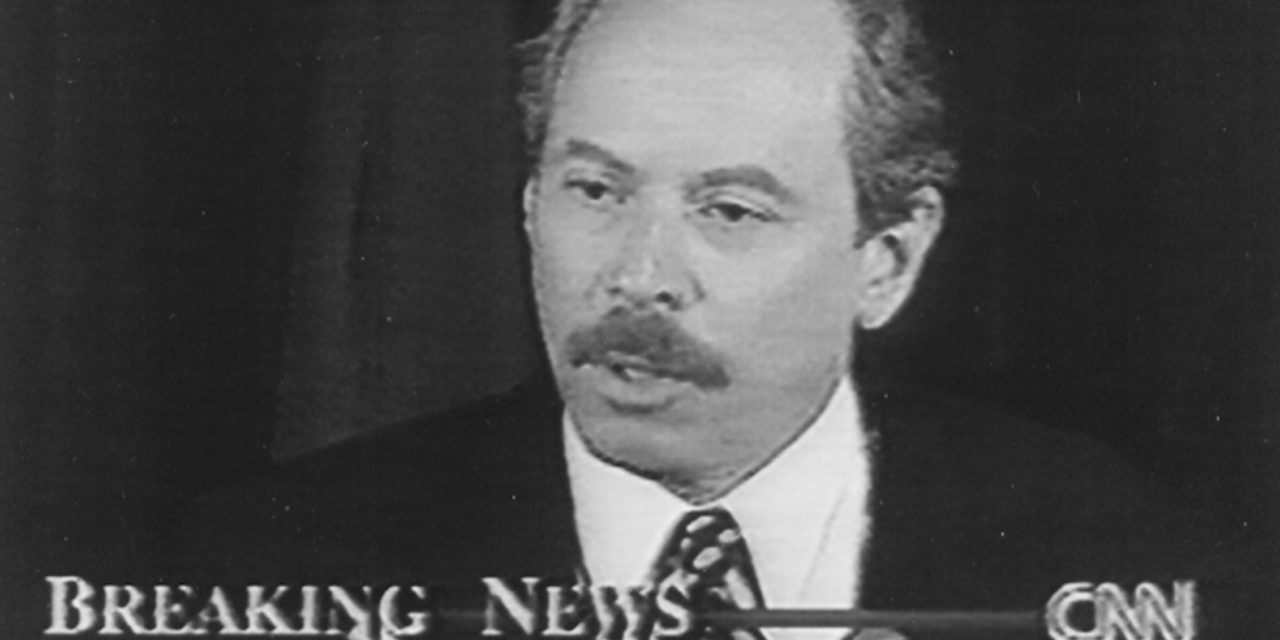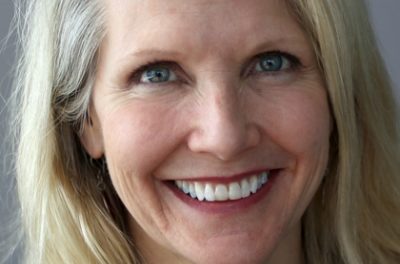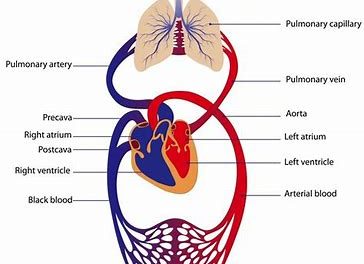I don’t know which chemicals are released in which parts of the brain, but there’s a pleasurable rush when you find yourself in agreement with someone who has been observing the same scene from a completely different angle. Civilians who opposed US intervention in Vietnam in the 1960s will remember how affirming it was to see Master Sergeant Don Duncan, the most highly decorated enlisted man in the US Army, saying “I quit!” on the cover of Ramparts. Dr. Carl Hart quit the War on Drugs, he says in Drug Use for Grown-ups, not because it’s a failure but because it has succeeded in achieving its real, unrighteous goals.
Hart originally enlisted, he recounts, because “It was clear to me that the poverty and crime in the resource-poor community from which I came was a direct result of recreational drug use and addiction. I reasoned that if I could stop people from taking drugs, especially by fixing their broken brains, I could fix the poverty and crime in my community.” Over the course of a decade, his own research and a critical reading of colleagues’ papers led him to question whether recreational drug use inevitably causes brain damage.
In a chapter called “Drug Addiction is Not a Brain Disease,” Hart reexamines some concepts he had accepted en route to a PhD in neuroscience and a professorship at Columbia. For example, “The overly simplistic idea… that when a person experiences pleasure, including from recreational drugs, they do so because the dopamine neurons in the nucleus accumbens have become active. Methamphetamine, for example, causes a release of dopamine in the brain region and this increased release is correlated with feelings of pleasure. This basic but highly incomplete knowledge essentially led me, and many, many others, to conclude that there must exist discernible and meaningful brain differences, especially in these dopamine-rich areas, between those who use drugs and those who do not. These differences, I thought, must be the cause of addiction and other problems related to drug use.
“In 1997 this position was argued eloquently by Dr. Alan Leshner, then director of NIDA, when he published in the journal Science an influential editorial entitled ‘Addiction is a Brain Disease, and it Matters.’ He explained, ‘That addiction is tied to changes in brain structure and function is what makes it, fundamentally, a brain disease.’ Alan’s paper solidified my loyalty to the ‘drugs are bad for your brain’ camp. I was a true believer, and his editorial was my holy writ.”
In May 1998 I heard Leshner push this message vigorously in his keynote speech at a symposium featuring NIDA-funded “addiction experts.” The scene was Cole Hall at UCSF Medical Center. The occasion was the launching of UCSF’s “Center for the Neurobiology of Addiction” —poetically described by the university’s press release as “a building without walls,” in reality a fund-raising construct. The medical students who staffed Synapse, the campus weekly, were leaving town, so I went with an eye towards covering it.
The auditorium was packed with some 300 neuroscientists, postdocs and graduate students, motivated and interested. Few of them questioned NIDA’s mission. And whereas federal funding for medical research was being cut year-by-year, rich men named Wheeler and Samuelson had pledged millions to underwrite addiction-related research at UCSF. What’s a young scientist to do if s/he runs or aspires to run a lab?
Leshner was trim, of average height, and looked a lot like the proprietor of the shoe store my mother took us to in Brooklyn a long time ago. But unlike weary Mr. Kaplan, Leshner had a wolfish gleam in his eye as her surveyed the room, and his clothes were expensive. He used pomade and light pancake make-up, a first for people giving talks at UCSF in my experience. The acting chancellor, Haile Debas, preceded him on stage and summarized the new party line: Addiction is a brain disorder, not a character flaw. Doctors should treat addiction and scientists should seek to cure it. Addiction is a threat to society and eradicating it should take top priority.
Introducing Leshner Debas described a steady ascent from the Psychology Department at Bucknell to the National Science Foundation, the National Institute for Mental Health, and then the top job at NIDA in 1994. Leshner began with a smile, “I grew up in the mental health business, as you heard.” Did he think he was being down-to-earth? He seemed just plain crass. He said with another smile that he had commandeered slides from a NIDA addiction expert because “After all, I’m the director of the Institute.” He plugged a book recently published by NIDA, “Prevent Drug Use Among Children & Adolescents: A Research-based Guide.” Showing a slide of the cover, he said with a modest smile, “It’s becoming a bible.”
Leshner had an assignment for the assembled researchers: devote yourselves to identifying the types of biochemical changes —“genetic alterations,” he called them— caused by the various “drugs of abuse.” These changes would represent “signs of addiction,” enabling “Biology” to establish the “scientific basis” for the manufacture and sale of drugs designed to treat the alterations. Leshner estimated the market to be 30-40 million Americans. Young Carl Hart was hardly alone in seeing Leshner as the wind beneath his wings.
I’d heard that the NIDA chief had the greatly-admired ability to convince liberals in Congress that funding his agency was funding for public health, and to convince right-wingers that funding NIDA was funding the War on Drugs. A few months before his talk at UCSF, Leshner had been quoted thus in the New Yorker: “My belief is that today, in 1998, you should be put in jail if you refuse to prescribe SSRIs for depression… I also believe that five years from now you should be in jail if you don’t give crack addicts the medications we’re working on now.”
That quote is worth re-reading. The director of NIDA didn’t know what the new anti-addiction drugs would consist of, or how they’d work in the brain, or what their side-effects might be… But physicians should go to jail for not prescribing them! Could that have been the true voice of Capital-S Science talking? Yes, indeed! In 2001, when Leshner’s Clinton-Era gig at NIDA ended, he was made CEO of the American Association for the Advancement of Science (AAAS) and Executive Publisher of the journal Science. He retired in 2015.
Having reported on the marketing of Prozac for the paper of record, I recognized NIDA’s promotion of the Addiction-is-a-Brain-Disease line as part of a long-range marketing plan by the pharmaceutical industry. Under Leshner, the mission of NIMH was to get it through everyone’s skull that Clinical Depression is produced by a biochemical imbalance in the brain that can be corrected by a Selective Serotonin Re-uptake Inhibitor, available by prescription so see your doctor. And if you’re not sure if you should, here’s a 10-question test that every honest American adult will fail. Depression should not be stigmatized, it should be treated. Many phrases in Leshner’s pitch for the coming-soon addiction meds echoed phrases used by the Prozac pushers in ’88: “A new generation of research based-medications… The ultimate answer lies in Biology… Drug Addiction is a treatable disease… a brain disorder, not a character flaw…” It felt like deja vu all over again.
The actor Carol O’Connor and his wife attended the event at UCSF looking stunned and mournful. Their son was an addict who had committed suicide and now NIDA was exploiting them to attract media interest in the “Addiction is a Brain Disease” campaign. I recalled a long-ago episode of Archie Bunker’s Place that exposed the effects of speed perfectly. It went something like this: A customer at the bar pays a small debt with some pills. Archie comes home at 3 a.m., calling loudly for Edith. She hurries down the stairs tying her belt and sounding worried. “What’s the matter, Archie?” “Edith, I decided that tonight I’m going to do something for you that you’ve wanted me to do for a long, long time.” She goes “Ooh, Archie,” in a kittenish voice as if anticipating some longed-for pleasure. “I’m going to paint the back porch.”
The experiments described in Cole Hall by NIDA-approved researchers ranged from the self-evident to the bizarre. Most speakers showed photographs of their lab set-ups with an inevitable rat at the lever, microelectrodes inserted, ready to do some speed for science. On some slides the rodents were Disney-style rodents. Dr. E. London, PhD, showed a photo of one of her test subjects and said, “You’ll see he’s wearing a little hat…” E’s specialty was neuro-imaging. Depression, she explained, makes this part of the amygdala blue, and Addiction makes this part of the CVR yellow, and Violence-Prone makes this part of the hippocampus green. My late friend Tod Mikuriya called neuro-imaging “the phrenology of our time.”
The addiction specialists give their test animals shocks or “uncomfortable heat” to signal disapproval of drug-seeking behavior. This is supposedly analogous to the prosecution of the “drug abuser” in society. Roy Wise, an NIMH researcher, described an experiment in which rats made to work harder to get their fix did indeed work harder. Wise saw in this a “policy implication.” From the rat’s behavior Science could conclude, “the addict would steal that many more hubcaps.”
Wise was not the only speaker to make the rodent:addict analogy.
After the session I told Leshner I was covering the ongoing Prop 215 story and wanted to know his line on the addictiveness of marijuana. Instantly ranking, he said professorially that I was asking two questions that had to be kept separate. One was the question: “Is marijuana effective as a medicine?” and this, he said, was an open question, “the science” had yet to be done. The second was the addictiveness of marijuana, and on that the scientific verdict was unambiguous: marijuana is addictive. “Eight to 10 percent of experimental subjects become addicted,” said Alan Leshner.
I wondered how many in Leshner’s UCSF audience remembered him as the federal bureaucrat who had rejected a 1994 proposal by their colleague Donald Abrams, MD, to study the safety and efficacy of marijuana as a treatment for wasting syndrome in HIV patients. NIDA would finally give Abrams a grant when he expanded his proposal to include a study of whether marijuana interfered with metabolism of protease inhibitors in the liver, i.e., whether it caused harm. Turns out it did not. All that Abrams and AIDS patients lost were five years.
As I post this in 2021, I wonder how many pot partisans recall that after we passed Proposition in 1996, Alan Leshner took part in the press conference (alongside Barry McCaffrey, Janet Reno, and Donna Shalala) at which the feds threatened to pull the license of any California doctor who approved cannabis use by patients. Leshner, speaking as always in the name of Science, said there was no evidence that marijuana was safe or effective as medicine. Drug Czar McCaffrey said of Dr. Tod Mikuriya’s practice, “This isn’t medicine, this is a Cheech and Chong show.”
Physicians were offended —especially oncologists who understood that marijuana helped people cope with the nausea brought on by chemotherapy, and AIDS specialists who knew it enabled their patients to desire food and to hold it down. An editorial in the New England Journal of Medicine January 30, 1997—“Federal Foolishness and Marijuana,” by Jerome Kassirer, MD— called the US government’s policy “misguided,” “hypocritical,” “out of step with the public,” and “inhumane.” The prestigious journal called for rescheduling marijuana so that doctors could prescribe it without fear of reprisal. Kassirer, the NEJM’s editor-in-chief, decried “the absolute power of bureaucrats whose decisions are based more on reflexive ideology and political correctness than on compassion.”
Also on January 30, and hardly by coincidence, Harold Varmus, MD, director of the National Institutes of Health, announced that he had assigned Alan Leshner to organize a “special conference” on “the public health dilemma” raised by the passage of Prop 215. “I don’t think anyone wants to settle issues like this by plebiscite,” said Varmus. He called instead for “a way to listen to experts on these topics”
The experts invited by Leshner convened in Bethesda for two days in February ’97 and they all agreed and decreed that “More research is needed”—a truism and at the same time a lie. Mikuriya saw the conference as “a stall in the name of science.” The stall continues to this day.
I sent a note to Varmus, with whom I had crossed paths at UCSF: “Exit polls showed that most people who voted ‘yes on 215’ did so out of first-hand or second-hand experience. The double-blind, placebo-based clinical trials that scientists consider the ‘gold standard’ for proving medical efficacy in conditions such as chronic pain, depression and insomnia, ultimately come down to patients declaring whether or not the medicine made them feel better. At least for these conditions, clinical trials are essentially plebiscites. You helped arrange a stall in the name of science that rationalizes the continuing Prohibition. Your friend Al Gore invoked your expertise when he withheld his support for medical marijuana during the campaign, and it cost him. More research is needed to identify which components of the Cannabis plant have which medicinal effects —not to establish its basic safety and efficacy.”
Back at the Synapse office
I started writing up the NIDA-infused symposium but couldn’t even draft a headline without waxing cynical.
Neuroscientists Eager to Enlist As UCSF Joins War on Drugs
It wasn’t my job to influence the paper’s editorial policy, but from time to time some of the editors wanted to know what I thought. And the advance of the medical marijuana movement was encouraging me to share my point-of-view. What I wanted to say as a UCSF employee:
UCSF should reconsider its commitment to studying the “Neurobiology of Addiction.” Federal bureaucrats and self-interested pharmaceutical companies should not be setting the agenda for our medical research. UCSF clinicians and scientists should decide what studies need to be done to advance public health. Neuroscientists should be encouraged to study all aspects of brain and nervous system function —memory, pain, mood, whatever they deem significant… When Alan Leshner is telling UCSF faculty members, postdocs and graduate students how to focus their work, the tail is wagging the dog.






